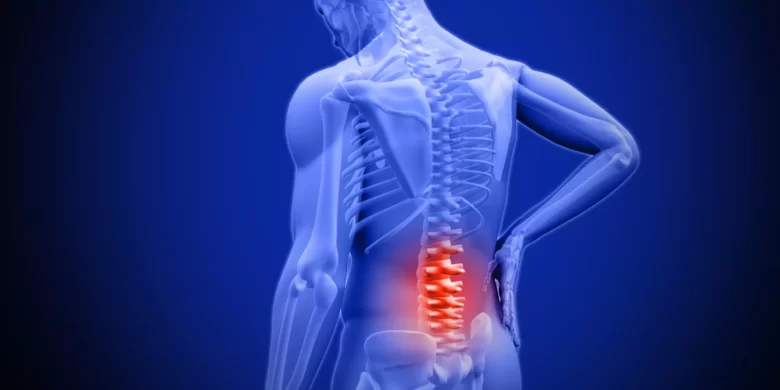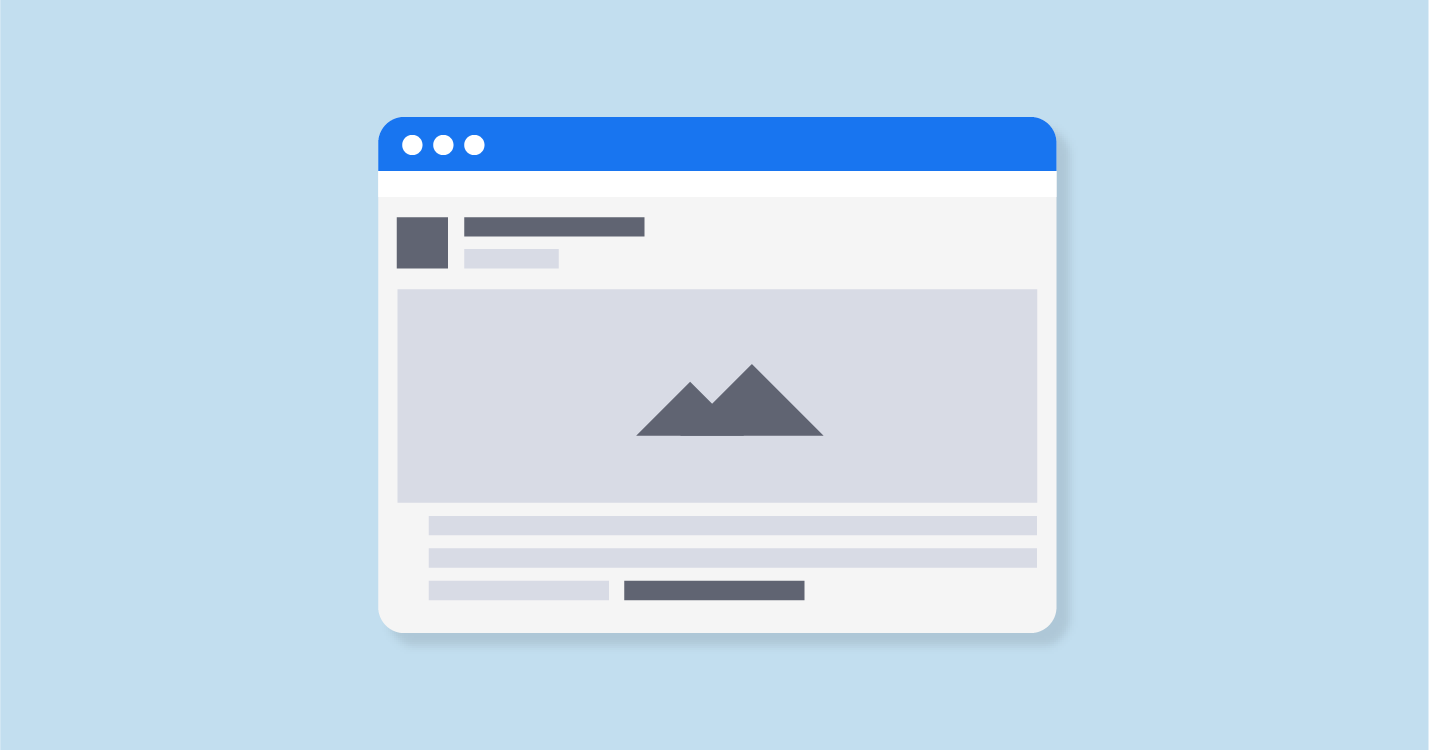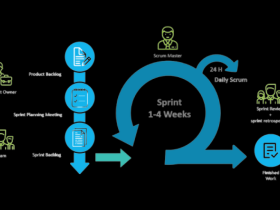Back pain is more common in aged people but it typically occurs between the ages of 30 and 50. It keeps getting worse. Another important factor that may cause situations like my back is killing me may also be a bad posture. It can put pressure on our spine that can cause the muscle to tear and ultimately leads to numerous problems. It may be serious or may not be. In any case, it is recommended to consult a doctor and get your back checked to avoid any serious issues in the future.
Here Are The Common Symptoms:
The main symptom of back pain is pain anywhere in the back, and sometimes up to the hips and legs. Some back problems can cause pain in other parts of the body, depending on the nerves involved. The pain usually goes away without treatment, but if any of the following people do, they should see their doctor:
- Persistent back pain where lying down or resting does not help
- Pain down the legs
- Weight loss
- Fever
- Inflammation or swelling on the back
- Numbness around the anus
- Pain that reaches below the knees
- A recent injury, blow, or trauma to the back
- Urinary incontinence
- Difficulty urinating
- Numbness around the buttocks
- Fecal incontinence
- Loss of control over bowel movements
- Numbness around the genitals
Common Causes:
Let’s have a quick look at the causes of back pain. Because without knowing the causes of back pain you can treat it well. But there are two types of back pain Acute and chronic. their symptoms and causes vary accordingly from each other.
-
Structural Problems
Several structural problems may also result in back pain.
- Abnormal curvature of the spine: If the spine curves in an unusual way, back pain can result. An example is a scoliosis, in which the spine curves to the side.
- Osteoporosis: Bones, including the vertebrae of the spine, become brittle and porous, making compression fractures more likely.
- Ruptured disks: Each vertebra in the spine are cushioned by disks. If the disk ruptures there will be more pressure on a nerve, resulting in back pain.
- Bulging disks: In much the same way as ruptured disks, a bulging disk can result in more pressure on a nerve.
- Sciatica: A sharp and shooting pain travels through the buttock and down the back of the leg, caused by a bulging or herniated disk pressing on a nerve.
- Arthritis: Osteoarthritis can cause problems with the joints in the hips, lower back, and other places. In some cases, the space around the spinal cord narrows. This is known as spinal stenosis.
- Kidney problems: Kidney stones or kidney infections can cause back pain. However, this is not you may also be suffering from back pain due to dorsalgia.
-
Movement And Posture
Adopting a very hunched sitting position when using computers can result in increased back and shoulder problems over time. Back pain can also result from some everyday activities or poor posture.
Examples include:
- Twisting
- Coughing or sneezing
- Muscle tension
- Over-stretching
- Bending awkwardly or for long periods
- Pushing, pulling
- Lifting, or carrying something
- Standing or sitting for long periods
- Straining the neck forward, such as when driving or using a computer
- long driving sessions without a break, even when not hunched
- sleeping on a mattress that does not support the body and keep the spine straight
Un-Common Causes
Some medical conditions can lead to back pain.
- Cauda equina syndrome: The cauda equine is a bundle of spinal nerve roots that arise from the lower end of the spinal cord. Symptoms include dull pain in the lower back and upper buttocks, as well as numbness in the buttocks, genitalia, and thighs. There are sometimes bowel and bladder function disturbances.
- Cancer of the spine: A tumor on the spine may press against a nerve, resulting in back pain.
- Infection of the spine: A fever and a tender, warm area on the back could be due to an infection of the spine.
- Other infections: Pelvic inflammatory disease, bladder, or kidney infections may also lead to back pain.
- Sleep disorders: Individuals with sleep disorders are more likely to experience back pain, compared with others.
- Shingles: An infection that can affect the nerves may lead to back pain. This depends on which nerves are affected.
Some Steps For Self-Care For A Stiff Back
If you have the same problem as others, my lower back is killing me, well don’t worry because we are here with Some home treatments that may help with back pain.
- Heat. Heat can increase blood flow to relax muscles and relieve joint aches. If you have arthritis or an injury more than six weeks old, heat can make it feel better.
- Ice. Ice can constrict blood vessels to numb pain and reduce inflammation.
- Activity. Since bed rest can make stiffness worse, keep moving with light activity, such as yoga. Avoid activities that involve twisting your back or heavy lifting.
- Pain medication. Over-the-counter pain relievers — such as aspirin, ibuprofen, acetaminophen, and naproxen — may help with pain and stiffness.
- Relaxation techniques. Meditation, tai chi and controlled deep breathing help some people relax their back muscles to decrease stiffness and discomfort.
- Massage. Massage therapy is designed to relax muscle tissue to reduce painful spasms and contractions.
Stretches for back pain
Here are a few stretches for back pain.
1. Side neck stretch
- Bring your right shoulder down.
- Take your left arm over your head and while facing forward and gently pull your head down to the left side for 10 seconds.
- Lift your chest, and sit up tall and straight
- Repeat with the right arm
2. Posterior neck stretch
- Take your hands behind your head and bring your shoulders away from your ears.
- Gently tuck your chin down to your neck.
- Extend your torso high and breathe for 10 seconds.
- Slowly release.
3. Front neck stretch
- Place your hand between your neck and shoulder, above the collarbone on the same side.
- Grip and pull your hands downwards, slightly tugging at the skin
- Lift your jaw line towards the ceiling and feel the pull in the front side of your neck
- Count to 10 and release.
- Repeat on the other side
4. Hamstring stretch
- Find a comfortable seated position, extend your right leg out and reach your arms forward as far as you can.
- Lean forward as much as you can without bending the knees and try to press your chest to your knee.
- Hold for 30 seconds and repeat on the other side
5. Upward pigeon
- Lie down face up, bend your right leg across the left thigh
- Bend left knee and slide arms to either side of the left leg
- Clasp your hands around the left thigh and pull it towards your chest
- Try to keep your head on the floor and lengthen your back
- Hold for 10 seconds or longer and repeat on the other side
6. Quad stretch
- Kneel down, place your hands behind your bum on the floor
- Lean back slightly and lift your hips to the ceiling as much as you can
- Pull your abs in so your lower back doesn’t pinch, and breathe
- Hold for 30 seconds or longer
- Do each exercise at least once, and repeat if needed.
All these stretches will help you ease your Richardson back pain treatment real quickly.








Leave a Reply